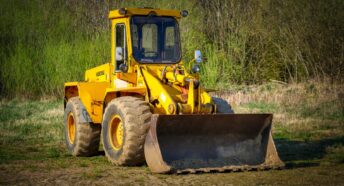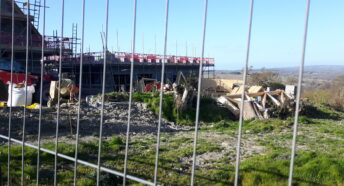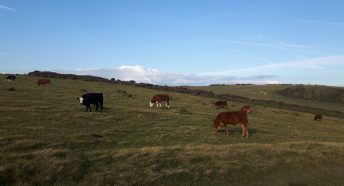CPRE Sussex’s ‘Making Places’ manual helps communities faced with development
CPRE Sussex’s ‘Making Places’ project aims to bridge the gulf that often exists between a developer’s ‘blueprints’ and a neighbourhood’s own vision for the future. The ‘Making Places’ manual developed during the project is for use by both local communities and decision makers at all levels.
Rural communities in Sussex have never been under greater pressure for housing – some villages such as Tangmere near Chichester have been asked to nearly double in size. However, although the residents living in these settlements are undoubtedly the planners’ most valuable resource, their views are frequently being ignored.
An initial series of seven Making Places workshops showed that many local people feel positive about development, but they want a role in shaping the places where they live. Most negative views could be traced to experiences of inappropriate or dysfunctional development in the past and a feeling of frustration over the planners’ refusal to listen.
The workshops focused on seven Sussex parishes, analysing each settlement’s character, buildings and rural setting and discussing the importance and effectiveness of the existing layout. Some of the results were surprising – for example in the village of Aldingbourne, near Bognor Regis, local people cited a block of 1950s ex-council houses as good design, and in Angmering a developer’s efforts to replicate the design of existing older buildings were described as ‘terrible.’
Residents who took part in the workshops felt passionately about the character and integrity of their communities and wanted to ensure that expansion would meet local needs for open space, affordable homes, services and jobs. They also had fresh ideas for improvements: for example in Newhaven, which has been tasked with providing 1677 new homes, residents believe that the answer could be to demolish the dysfunctional modern shopping ‘centre’ and allocate it for housing.
However, there was also frustration at the unimaginative proposals currently being promoted by remote planners: “Adding poor quality housing to the edges of a dysfunctional town centre will not build a community… all the proposals coming forward are just more cheap bad housing on land that is used by Newhaven’s residents to break out onto the cliff tops and the downs.”
Without local knowledge planners can easily overlook details which really matter to the people living in a community and which could make or break the success of new development. The hierarchy of flint walls is felt to be an important defining feature to the picturesque village of Boxgrove, and a view of three spires and the creation of a village focal point matter to the people of Tangmere. In Newhaven, locals would like to regain access to their sandy beach and in Peacehaven residents believe that even a New Town like theirs has a heritage and that the buildings which define its history should be preserved.
So far the Making Places workshops have been experimental, but they have highlighted the desperate need for planners and decision makers to listen to local people. CPRE believes that without this dialogue many rural communities will resist progress simply because they are faced with the prospect of a development which takes no account of what defines their unique community… or what makes it work.
Download the Making Places manual:
Making Places Report (9.7MB)
You can also download the report of the Making Places workshops in Ford, West Sussex:





